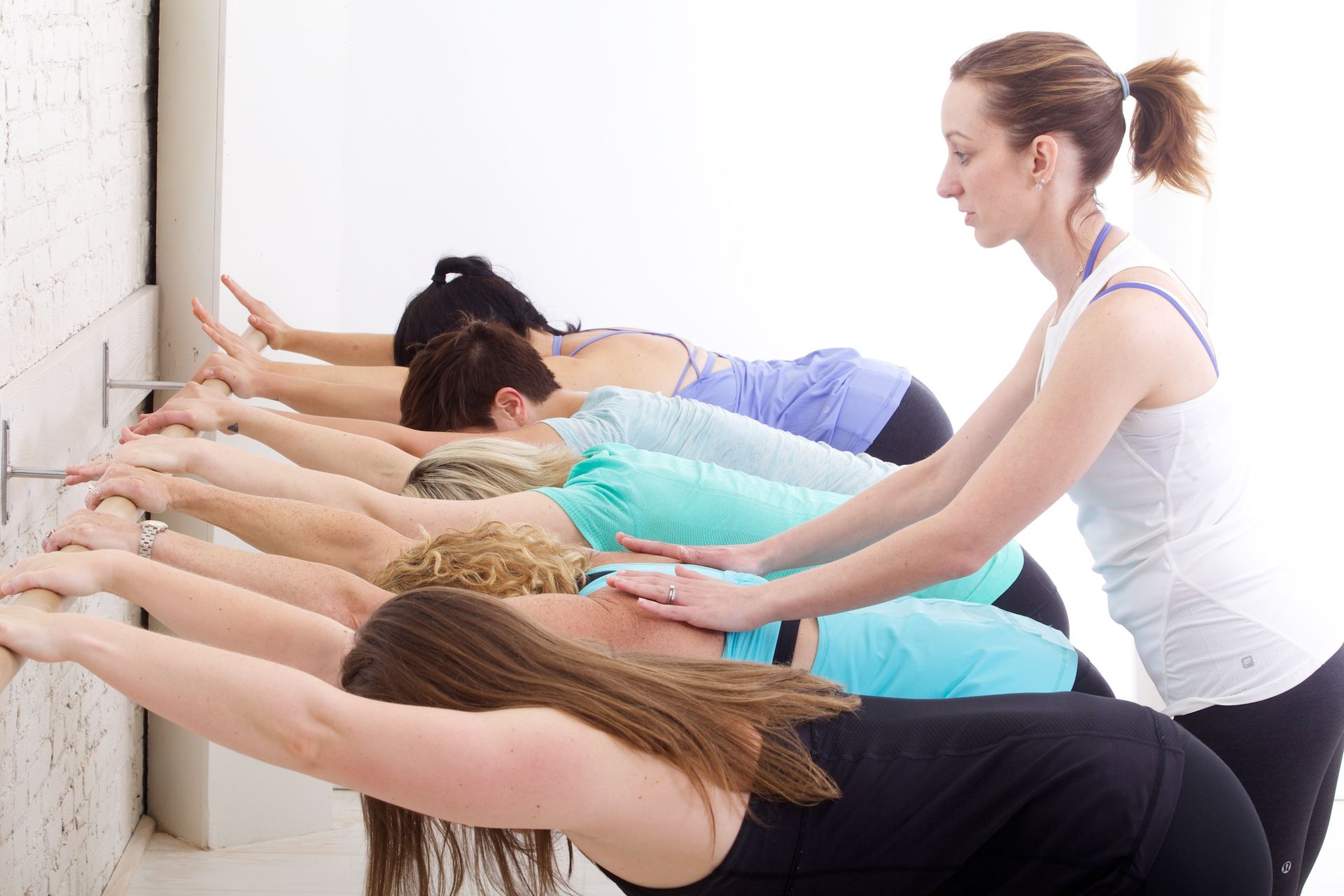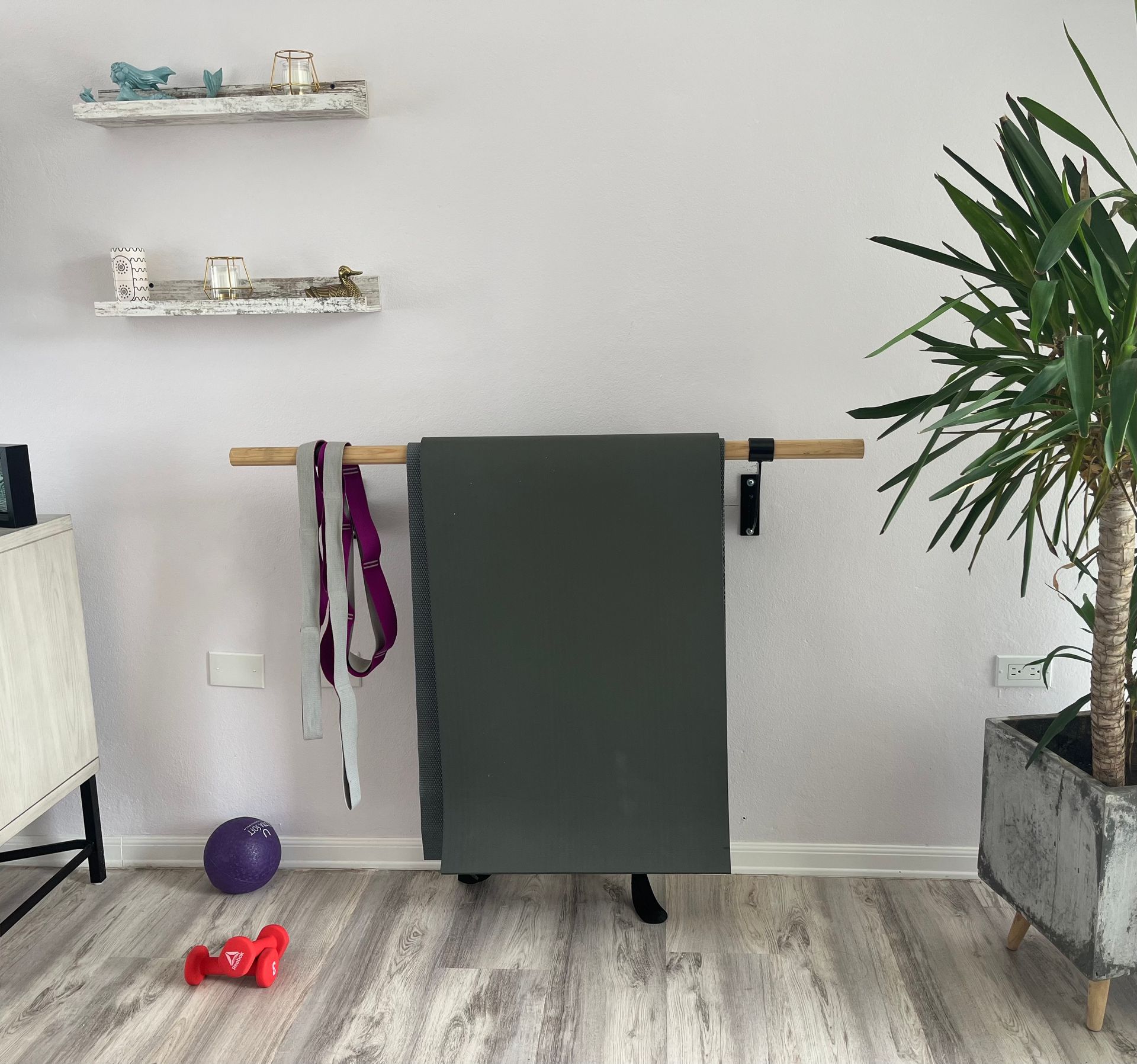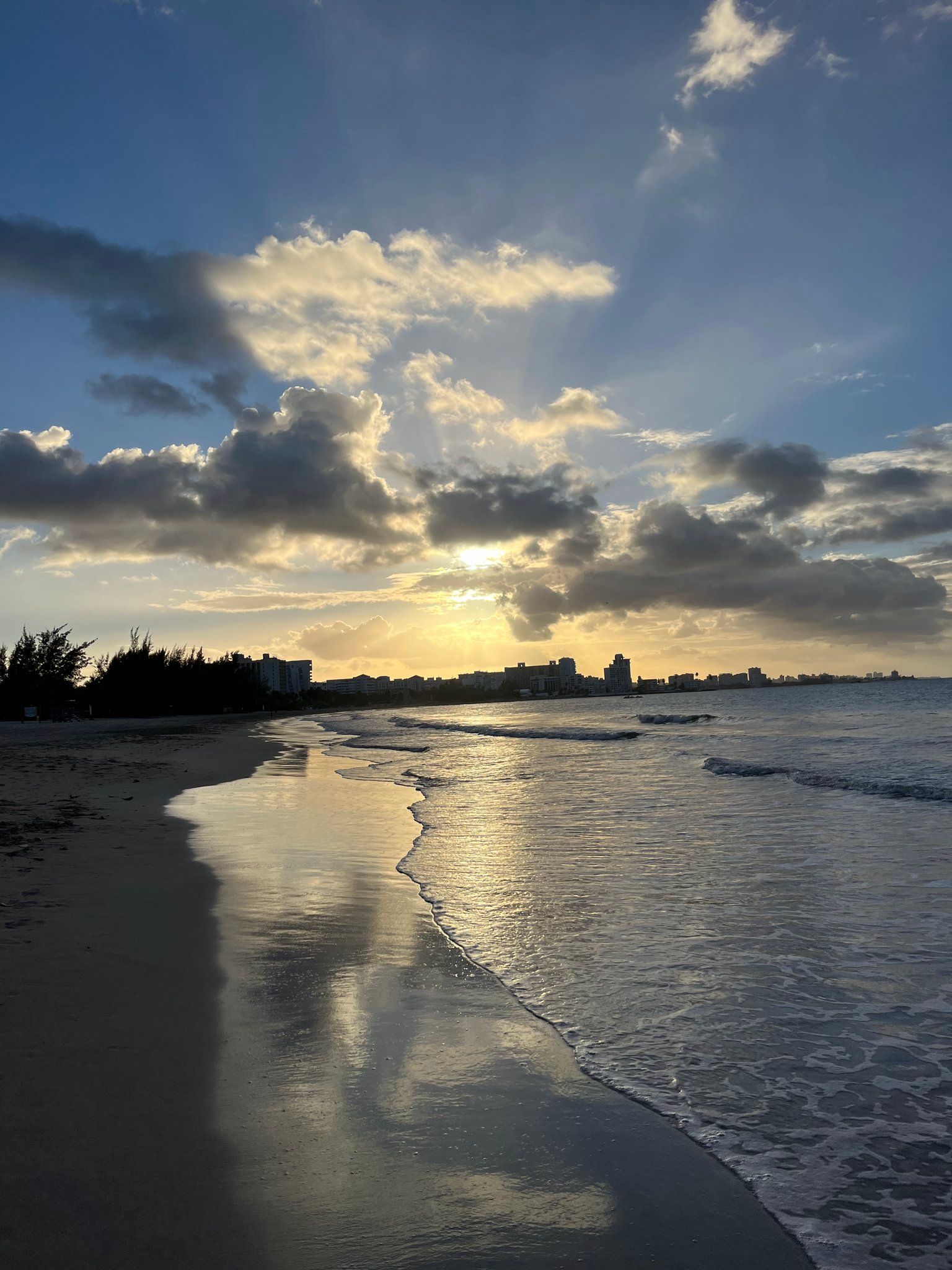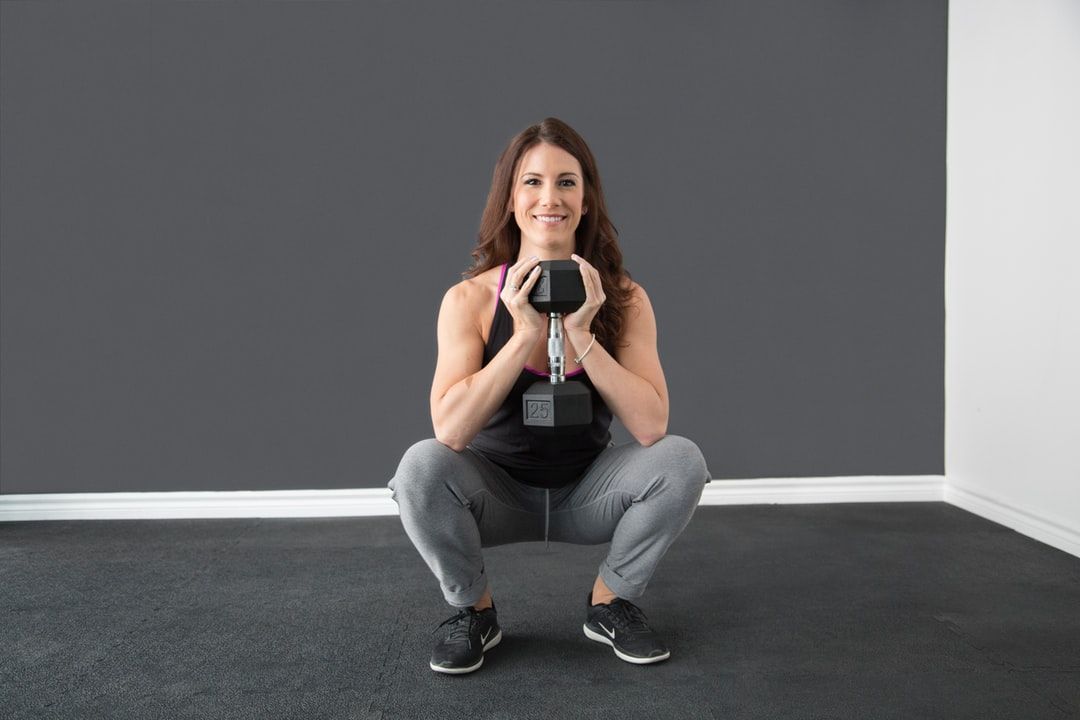Get in touch
+12077300757
barsculpt@gmail.com
When People Say "Pilates Hurt My Back"
When People Say “Pilates Hurts My Back”—Here’s What I Know to Be True
I’ve heard it many times over the years—someone tries Pilates once or twice and comes away saying, “Pilates hurt my back.” And every time I hear it, I want to sit them down, look them in the eye, and say, “Tell me exactly what you did, and more importantly, how you did it.” Because after decades of teaching and a personal journey with injury and healing, I know that Pilates—when done well—is one of the most effective ways to help your back, not harm it.
In fact, when I herniated my L5-S1 during the pandemic, it was Pilates (and Barre) that brought me back to life—literally and figuratively. And I want to use this post to talk honestly about the disconnect between the intention of Pilates and the way it’s sometimes taught, how that gap leads to pain or misunderstanding, and how, done with care and awareness, Pilates can be one of the most powerful tools for restoring spinal health.
The Misconception: “Pilates Hurt My Back”
Let’s start here. Why do people say this?
For many, it’s a matter of bad instruction or poor form. Pilates has exploded in popularity over the years, which is both a blessing and a curse. While more people are exposed to its benefits, it also means there are more instructors out there with a wide range of training and understanding. It also means that group classes—especially big, fast-paced ones—might gloss over form and ignore modifications that are essential for people with injuries or imbalances.
If someone comes to class with a weak core, tight hip flexors, and little body awareness (through no fault of their own), it’s easy for the low back to do too much work, especially in exercises that involve spinal flexion or leg lifts. Add in a cue like “tuck your pelvis” without context or explanation, and suddenly that person is compressing their lumbar spine instead of supporting it.
So yes, Pilates can hurt your back—but only if it’s misunderstood, misapplied, or done without respect for the body’s current state. But that’s not Pilates’ fault.
My Story: Herniated Disc, Pandemic, and the Return to Movement
Let’s rewind to 2020.
When the lockdown happened, I quickly transitioned all of my sessions to Zoom. I was teaching often—sometimes multiple classes a day—and mostly demonstrating everything as I went. But I wasn’t paying attention to my own form. At the same time, my marriage was on the rocks, and in hindsight, I think my body was the first to say, “I’m tired. Start listening to me.” One morning, I literally couldn’t get out of bed. For weeks after, every time I stood up from sitting, it felt like my left butt cheek had been tasered. L5-S1. Herniated. Confirmed by imaging (and let’s not even get into how scared I felt inside that MRI machine).
I’ve been teaching Pilates since 2001. I’ve worked with people recovering from surgeries, managing chronic pain, dealing with osteoporosis, and rehabbing injuries. But suddenly, I was the one who couldn’t walk without limping, who couldn’t lie flat, who couldn’t sit for long without nerve pain.
In those first weeks, movement felt impossible. But I also knew—from experience and from my training—that I couldn’t just rest indefinitely. The key was smart, strategic movement. Not just any exercise, but intentional, gentle, spine-safe progressions.
Phase One: Barre + Reformer + Walking Pilates
Early on, I couldn’t tolerate lying down for traditional mat Pilates. Instead, I turned to standing work. I leaned into the first half of my Barre classes—the gentle pliés, the supported hip hinges, the glute activation. I modified every single thing and stayed deeply attuned to what made me feel better versus worse.
I also returned to the Reformer. The springs allowed me to load my muscles without compressing my spine. I focused on breath, alignment, and subtle core engagement. My goal wasn’t to get a “good workout”—my goal was to rebuild my connection to my body.
And then there were the walks. But not just regular walks. I called them “walking Pilates.” I paid attention to my gait, how I placed my foot, how I held my pelvis. I recruited my glutes and low abs. I used every step as a chance to relearn how to move mindfully.
Phase Two: Graduating to the Mat
Eventually, I reached a milestone: I could maintain a true c-curve without pain or compensation. This wasn’t just about being able to roll down. It meant my deep abdominals were firing again. It meant my body was working in harmony.
From there, I returned to mat Pilates with fresh eyes. I knew exactly what to avoid, what to emphasize, and what cues were critical to my healing. I skipped the flashy stuff. I stuck to basics—hundreds, single-leg stretch, spine stretch forward—but I did them with laser-sharp form and deep awareness.
The truth? Pilates didn’t hurt my back. It healed it.
Today, there isn’t a single exercise I used to do that I can’t do now. And I move better now—because I had to truly understand what my body needed to heal.
What Makes Pilates Heal Instead of Hurt?
The magic of Pilates isn’t in the movements themselves—it’s in the how of the movements.
Here are a few key principles I always return to, especially for clients with back issues:
- Spinal Articulation is Earned, Not Assumed
If someone can’t maintain neutral pelvis and spine in a simple supine position, they have no business doing roll-ups or teasers. Start small. Teach the pelvis to move independently from the ribs and legs. Spinal articulation should feel supported, not forced. - The Core is More Than Abs
Your core includes the diaphragm, the pelvic floor, the deep abdominals (like the transverse), and the spinal stabilizers (like the multifidus). When we cue core engagement, we must speak to the whole system, not just “pull your belly in.” - The Pelvis is Not Meant to Stay Tucked
That brings me to my workshop—“Fuck the Tuck.” Yes, it’s a bold title, but for good reason. Chronic posterior pelvic tilting (tucking) compresses the lumbar spine and disengages the glutes and deep core. It’s a common cue in group classes that needs serious rethinking. - Breath is Everything
Without good breathing patterns, you can’t activate your deep core. Exhaling on exertion, finding lateral rib expansion, and coordinating breath with movement are essential tools for spinal health. - Modify. Modify. Modify.
There is no shame in bending the knees, propping the head, or staying at a simpler version of an exercise. Progress isn’t about ego—it’s about consistency and care. - Form Trumps Fancy Every Time
The Pilates world can get caught up in choreography. But a well-executed pelvic tilt is often more therapeutic than a flashy series of transitions. When the spine is recovering, less is more.
If You’re Reading This and Pilates Has Hurt Your Back…
…please don’t give up on it just yet.
Find an instructor who understands spinal mechanics, who asks questions before giving cues, who knows how to adjust to injuries. Don’t be afraid to speak up in class and ask for alternatives. And most importantly, listen to your body—not your ego.
You might not start with the Hundred or Roll-Up. You might start with breathing, bridges, and leg slides. That’s okay. That’s more than okay—that’s exactly where you should be.
Because from there, you build not only strength, but confidence. And that’s the real win.
Final Thoughts: Healing is a Journey, and Pilates is a Guide
Pilates gave me a roadmap back to myself. It gave me tools to rebuild after injury—not just physically, but emotionally. There is something profound about regaining agency over your own body after feeling betrayed by it.
I now teach from a place of lived experience. I don’t just believe Pilates helps with back pain—I know it does. I’ve felt it. I’ve taught it. I’ve seen it over and over again in my clients.
So the next time someone tells me, “Pilates hurt my back,” I’ll meet them with compassion—and an invitation. To explore again. To move differently. To try one more time—with better guidance, with greater awareness, and with the knowledge that healing is possible.
P.S. If you’re looking for classes designed specifically to support your spine—gentle, precise, and proven—I offer virtual sessions and on-demand programs, including Reformer, Mat, and Barre. You don’t need to “wait until you’re better” to begin. You start now, where you are, with what you have. That’s how healing begins.









































































































